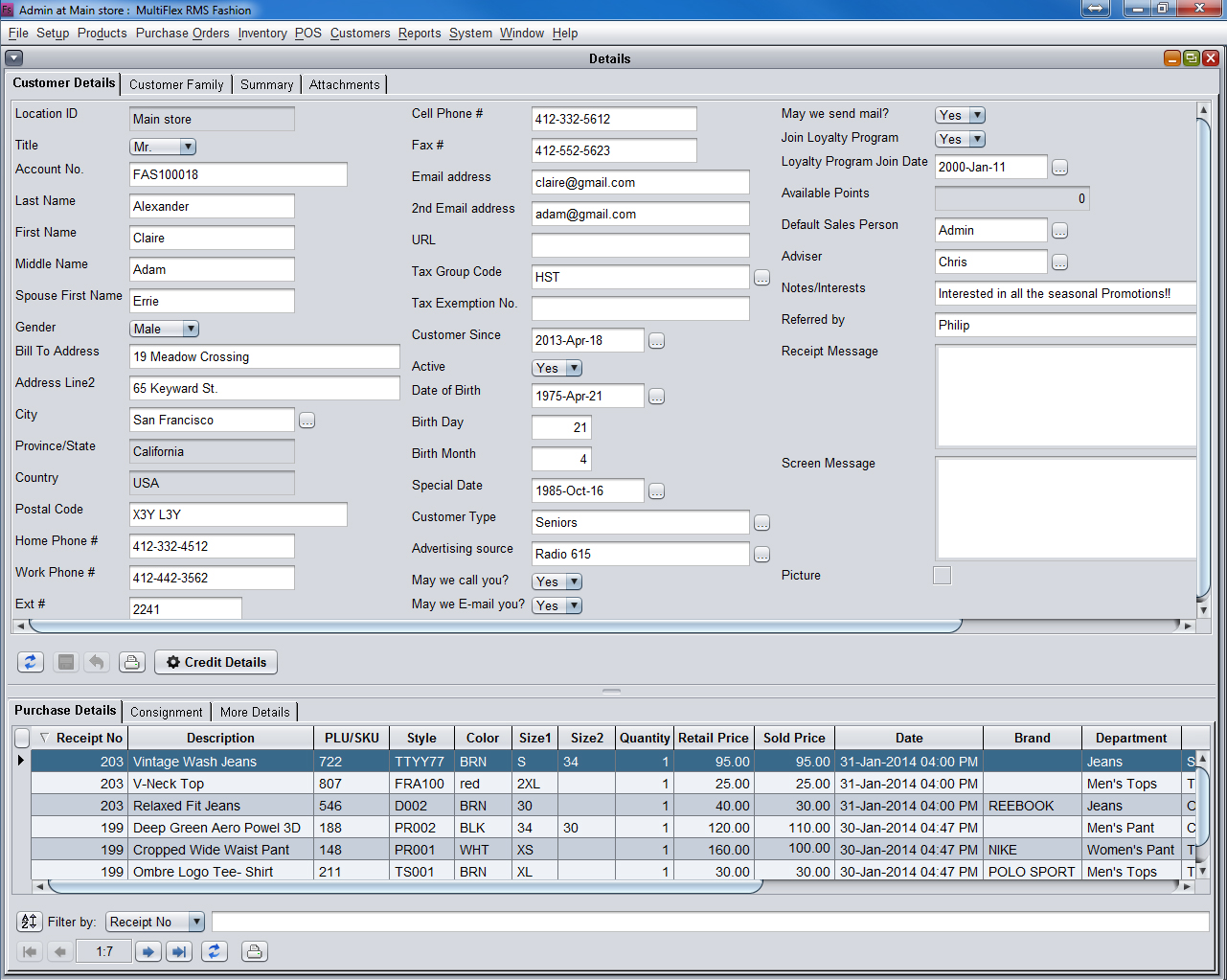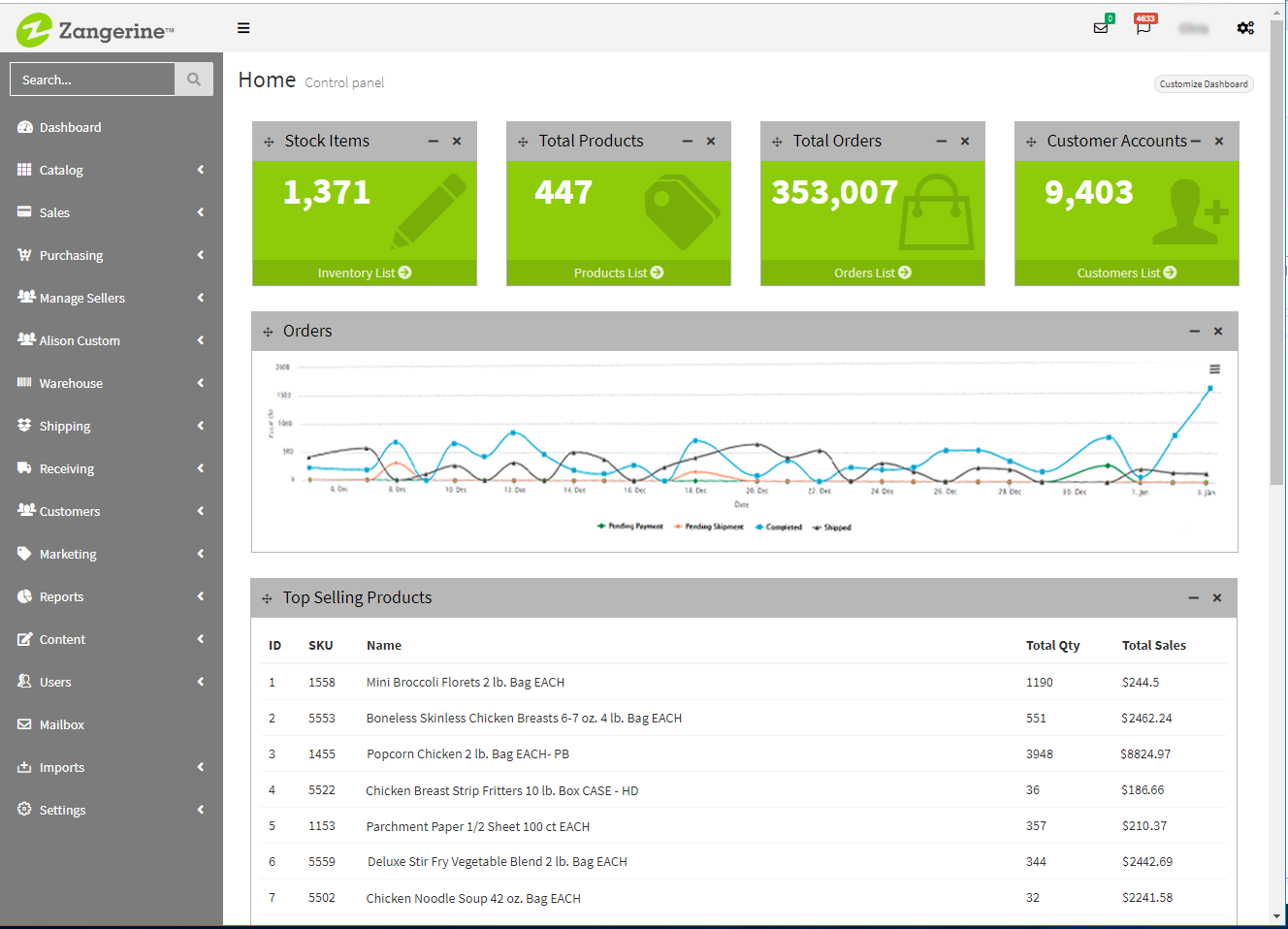Identify Valuable Repeat Customers by Using Customer Data
Under normal circumstances, the bulk of your time and marketing efforts are centered around enticing new customers because that’s how your business grows. But during a recession, the likelihood of gaining a consistent base of new customers is dramatically decreased, so you should turn your focus onto another demographic: your repeat customers.
Whether you’re in sales, marketing, ecommerce, or retail, customer retention is and should always be a focus. However, during a recession, consumers aren’t spending nearly as much, so when you do decide to make a purchase, you want to stay top of mind. Therefore, your focus should be on keeping your repeat customers loyal to your brand.
By using the data analytics built into most types of marketing, retail, ecommerce, or customer relationship management (CRM) software, you can target your most valuable customers in order to better survive the recession brought about by the COVID-19 pandemic.
When it comes to repeat customers, you should look at a few types of customer data to find your most valuable customers:
How many customers are willing to make a second purchase with your business?
How often are customers purchasing from your business?
How much money are customers spending when they do make a purchase?
How many customers are willing to make a second purchase with your business?
The first step is figuring out who your repeat customers are. Luckily, this is pretty simple to figure out with analytics tools. When calculating all of these percentages, it’s important to have a consistent time frame in mind.

MultiFlex RMS Fashion and Apparel’s customer data dashboard
You need two things:
Number of unique customers. Don’t confuse this with the total number of orders. Take only the number of unique customers you’ve served.
Number of customers with multiple purchases. This is pretty straightforward. Just look at who has made more than one purchase over the course of a year or more.
Once you have these two numbers, you simply divide the number of customers that have made multiple purchases by the number of unique customers to get the percentage of your repeat customers.
Knowing the number of customers willing to make multiple purchases is especially important during the COVID-19 pandemic because you can base your retention strategy around this group of consumers. When marketing budgets are tight, knowing which customers are most likely to remain loyal to your brand is crucial.
How often are purchases happening at your business?
It shouldn’t be a surprise to know that repeat customers are important to any business, but it might be surprising to find out that over 60% of small businesses say that repeat business makes up over half of their revenue.
Figuring out how often you make a sale is straightforward. Simply find your total number of orders and divide it by the number of unique customers. You should already have your unique customer number handy, so this calculation should be straightforward.

Zangerine’s sales analytics dashboard
Once you have a handle on the number of purchases you’re processing, you’re one step closer to implementing your crisis strategy by figuring out which repeat customers are most valuable to target.
Which customers have spent the most money per purchase in the past?
Knowing the average order value (AOV) is an important metric when determining any type of retention plan or marketing strategy. AOV is the amount of money a customer spends per transaction in your store.
To calculate your AOV, take your yearly revenue number and divide it by the number of orders your store has processed.
Now that you have all three of these percentages, you can determine how much each customer is worth to your business. Take your AOV and multiply it by the percentage of customers making multiple purchases to find out which customers have spent the most money per purchase.
That number might surprise you and should let you know why it’s so important to nurture existing customers.
Basic strategies to retain customers during the COVID-19 pandemic
You know your business best, and what sector you’re in will largely determine how you can approach this pandemic. What’s most important now is making sure you retain your repeat customers during this crisis so that when it comes to an end, they’ll be there for you. Or, better yet, if they are in a position to make a purchase during the crisis, you want to be top of mind.
Avoid spending on customer acquisition. Instead, focus any budget you have for marketing on keeping your current customers happy and informed. Your focus should be on providing clear, empathetic, and useful messaging across traditional platforms such as social media, websites, and email. Be careful with emails though: an email specific to COVID-19 might come across as self-interested or opportunistic if you aren’t in a relevant sector. Focus instead on including yourself in the struggle.
Consumers are just as worried as you are about the future. With that in mind, a great strategy in building brand loyalty is to demonstrate some civic-mindedness in your actions before you ask anything of your customers.
For instance, if you’re a fitness business, offering a few of your classes online for free via video conferencing would be a good way to build brand loyalty. If you’re in food service, provide contactless delivery. Move all payments online to limit contact with customers.
Consumers are aware of which brands are making safety-related decisions now and will remember it once this is over.
If you’re looking for other ways to streamline your business during the COVID-19 crisis, check out our resource page.
Note: The applications selected in this article are examples to show a feature in context and are not intended as endorsements or recommendations. They have been obtained from sources believed to be reliable at the time of publication.